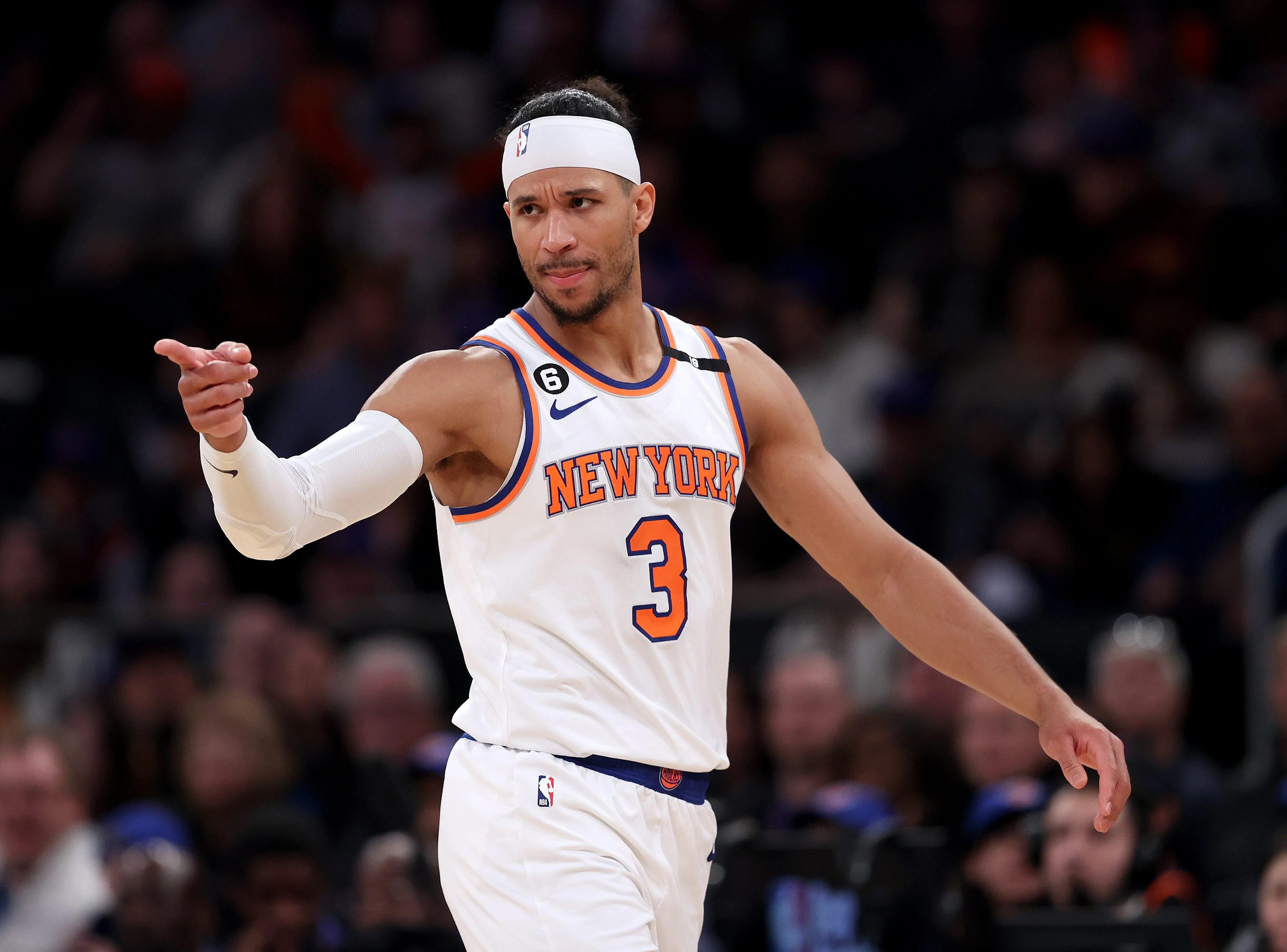The Free Throw Factor: Is it the Key to Success on the Floor?
By Rohan Baxi | May 27, 2025
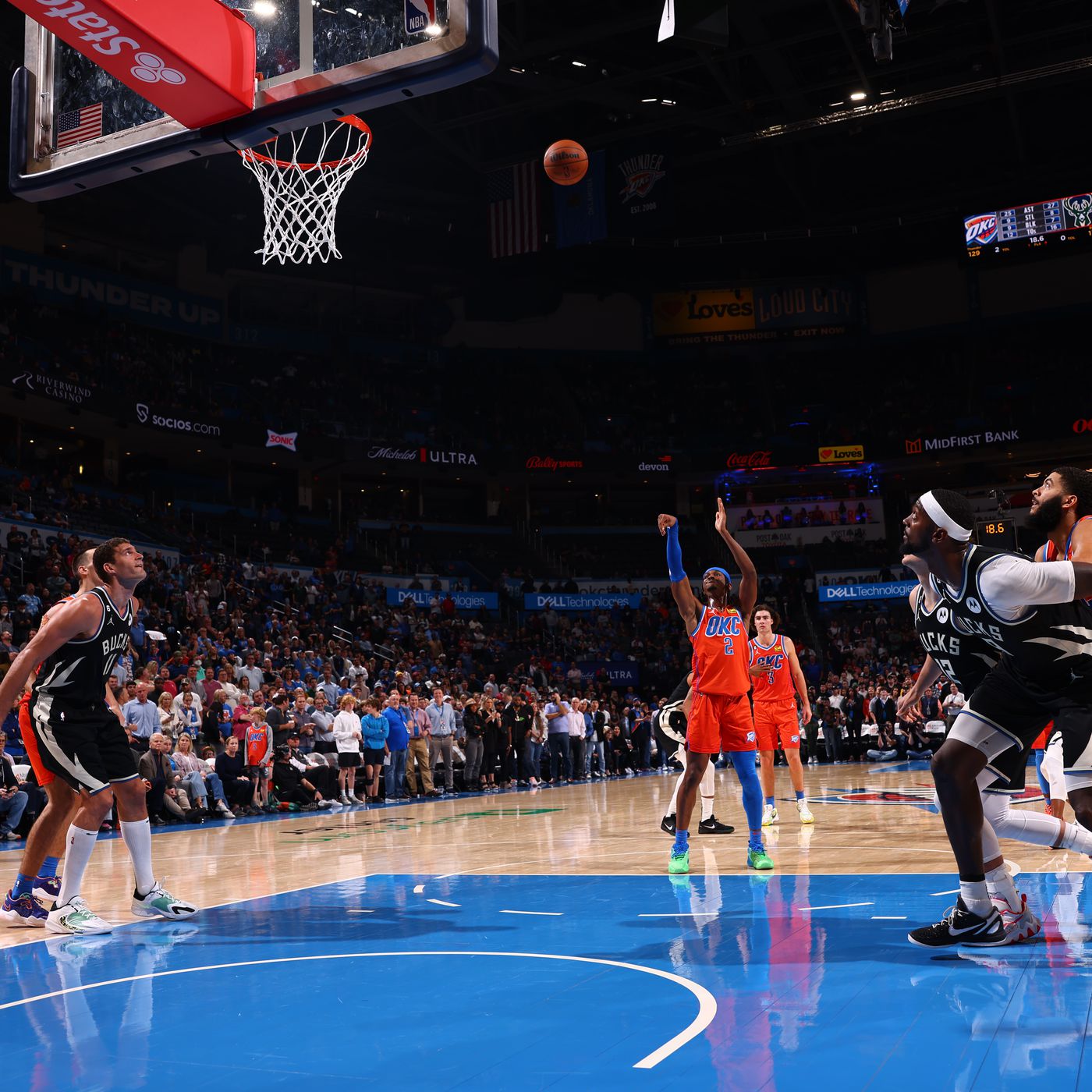
Free throw percentage (FT%) is often considered a fundamental metric for evaluating a player's shooting ability. Since free throws are uncontested and rely solely on a player’s mechanics, concentration, and muscle memory, they offer a controlled look at a shooter’s touch. But does the touch they display at the free throw line indicate superior field goal (FG%) and three-point (3P%) shooting? By analyzing statistical data from NBA players, I aim to explore whether elite free-throw shooters’ mechanics translate to better shooting during live game action.
The Correlation Between FT% and Shooting Success
To investigate the relationship between free-throw percentage and other shooting metrics, I plotted NBA players’ FT% against their 3P%. The idea is that if a player demonstrates strong shooting form and accuracy from the free-throw line, these mechanics should theoretically extend to their performance from mid-range and beyond the arc.
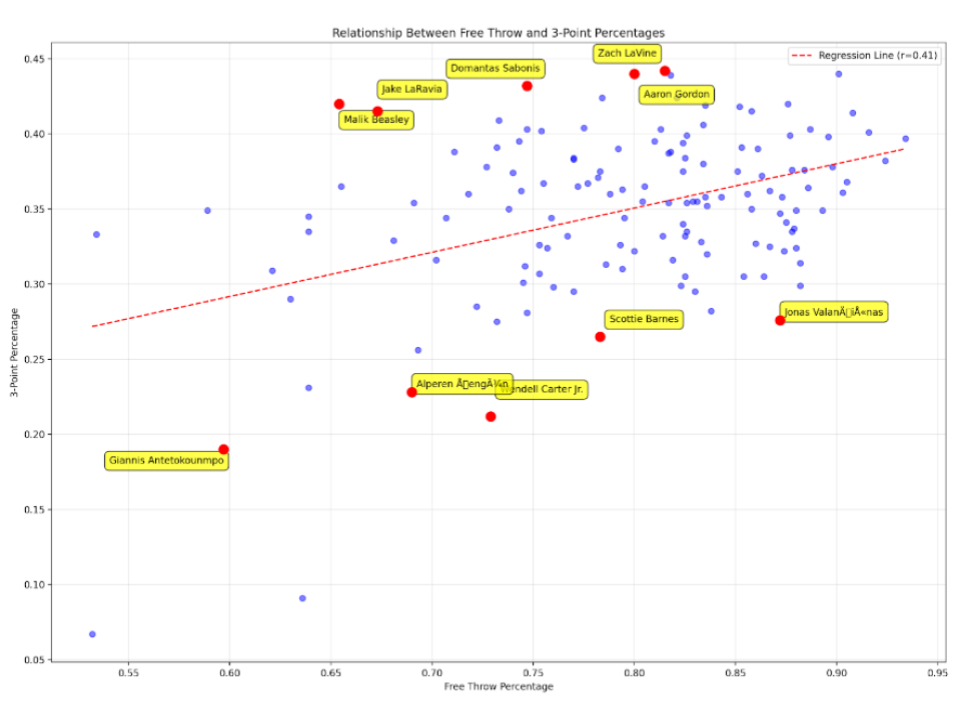
From our dataset (All stats as of March 10, 2025), notable players like Stephen Curry, Damian Lillard, and Kyrie Irving exhibit both high free throw percentages (above 90%) and exceptional three-point shooting percentages (above 39%). These sharpshooters emphasize refined shooting mechanics that translate across different in-game situations. However, does this trend hold true across the broader spectrum of NBA players?
Findings and Observations
- Strong Positive Correlation in Elite Shooters: Many of the top free throw shooters also appear in the upper echelon of three-point marksmen. For instance, Ty Jerome (90.1% FT, 44% 3P) and Darius Garland (87.6% FT, 42% 3P) support the hypothesis that good free-throw shooters tend to be efficient from deep.
- FT% struggles also correlate with 3PT%: On the flip side, players who are not known to be 3-point shooters are shown to struggle from downtown. Examples of these include Giannis Antetokounmpo (59.7 FT, 19% 3PT) and Dyson Daniels (58.9 FT, 34.9 3PT)
- Exceptions to the Rule: While high FT% often correlates with good three-point shooting, there are notable outliers. For example, Jonas Valančiūnas (87.2% FT) is a good free throw shooter but shoots below 30% from three (27.6%), suggesting that free throw mechanics do not always translate into long-range efficiency.
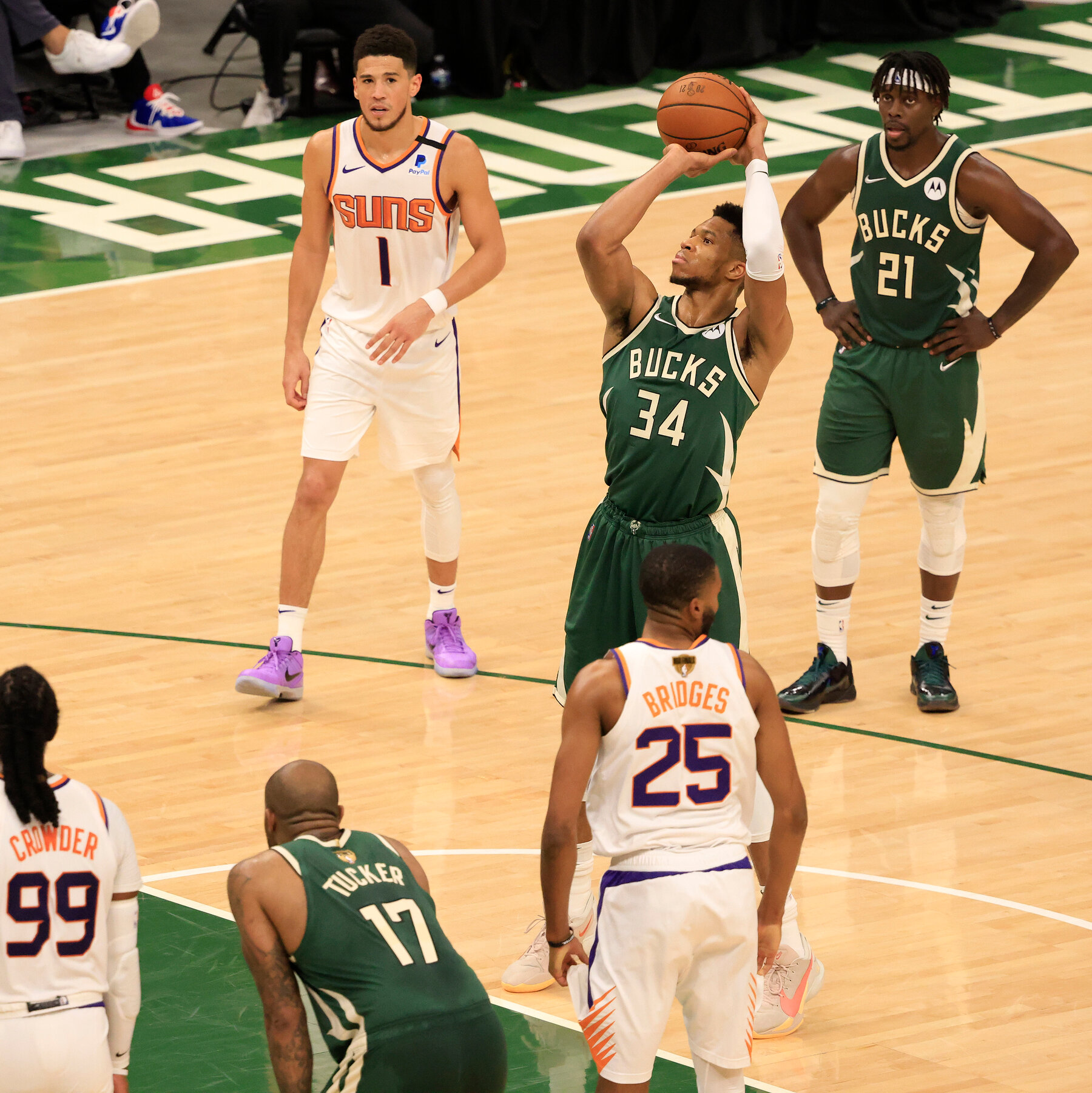
Additionally, when comparing three-point percentage to college free throw percentage, there is a noteworthy connection. Many elite NBA shooters, such as Desmond Bane and Devin Booker, displayed high free-throw percentages in college, which later translated into strong three-point shooting at the professional level. This suggests that college free-throw percentage may be a useful predictor of long-term shooting ability, as it reflects a player's touch and mechanics before transitioning to the NBA's deeper three-point line and higher defensive intensity.
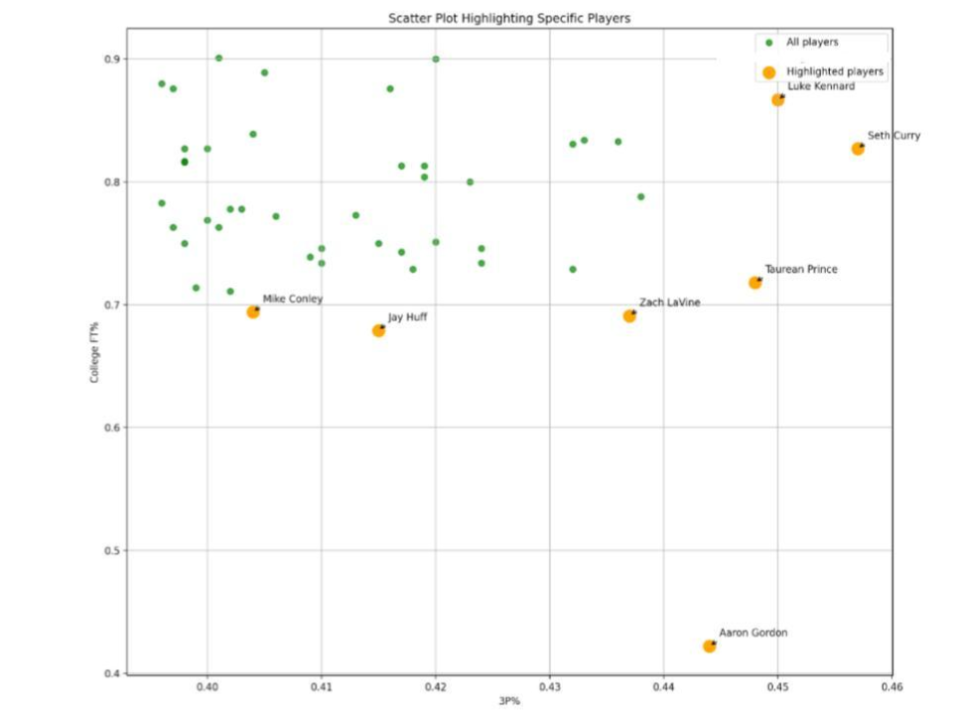
- When analyzing the dataset, players such as Kyrie Irving (90.1% college FT, 40.1% 3P in NBA) and A.J. Green (90% college FT, 42% 3P in NBA) reinforce the notion that free-throw accuracy in college is a strong indicator of professional three-point success. On the other hand, players like Malik Beasley (81.3% college FT, 41.7% 3P in NBA) and Jaden Ivey (73.9% college FT, 40.9% 3P in NBA) demonstrate that while college FT% is useful, it is not a perfect predictor, as some players improve or regress based on training, shot selection, and role adjustments at the NBA level. In this case, Ivey and Beasley have not necessarily shown an improvement in free throw percentage in the NBA as their 3 point percentage has improved, with Ivey remaining around a 74% FT shooter through 3 years, and Beasley being up and down in his 9-year career.
- The “outlier”?: Players with High NBA 3PT% but Low FT% in College: Some players, including big men like Jay Huff (41.5 3PT, 77.1 FT) and Aaron Gordon (44.4 3PT, 42.2 FT), who were not good free throw shooters in college, are not necessarily known for their knockdown 3-point abilities in the NBA, but convert at a decent percentage. A likely reason for this could be due to a smaller sample size of three pointers taken, as big men typically are not volume shooters. However, Zach LaVine, who has been a threat from 3pt his whole career (43.7% this season), shot a surprisingly low 69.1% at the free throw line in college. Similar to Ivey, LaVine has not necessarily improved in his free throw percentage through his 11 years in the NBA, but has consistently been a good 80-85% at the free throw line.
Implications
While free-throw percentage can be an indicator of shooting ability, it is not an absolute predictor of three-point or overall field goal success. Factors such as shot selection, defensive pressure, and in-game conditions play crucial roles in a player's shooting performance beyond the free-throw line. This brings up the question of how players like Stephen Curry, Damian Lillard, and Kyrie Irving, who theoretically have a ton of defensive attention and thus are likely taking worse shots than interior scorers like Valanciunas, have much stronger correlations with their 3-point and free-throw percentages? However, players with a high FT% generally possess strong shooting fundamentals, which can serve as a foundation for overall scoring efficiency.
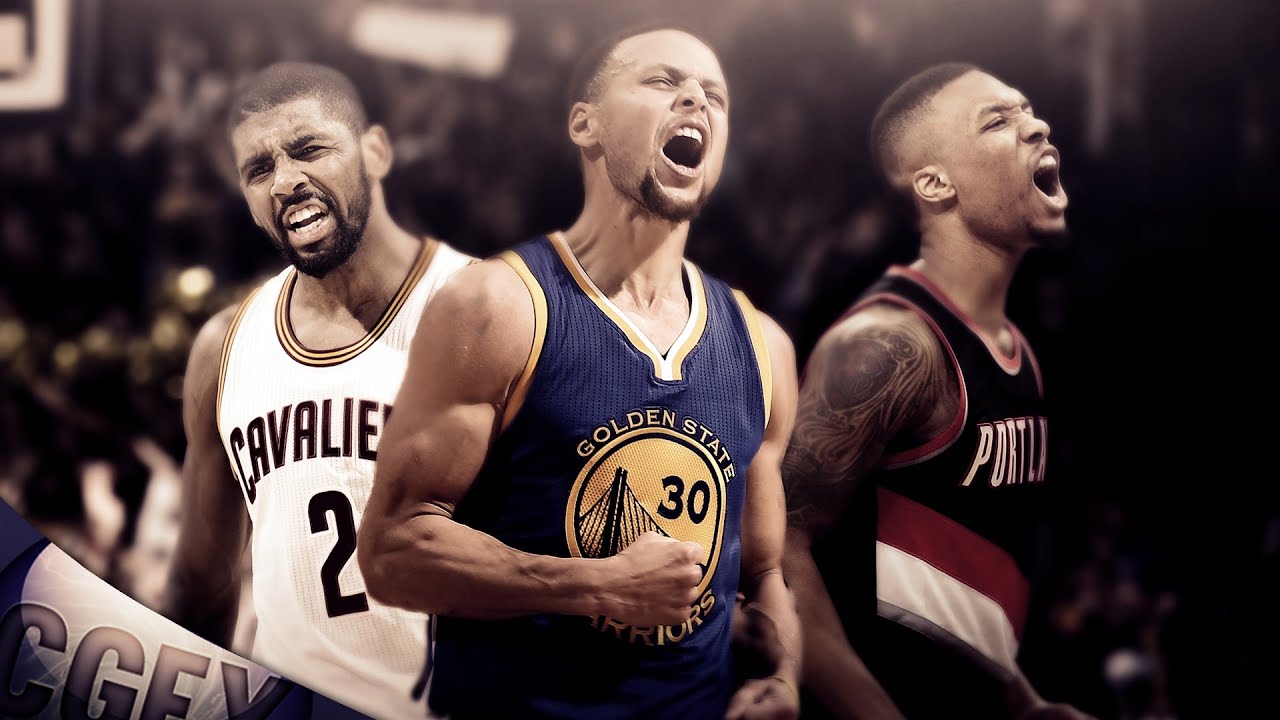
Conclusion
Our analysis suggests that while a high free-throw percentage is often a positive sign of shooting proficiency, it does not guarantee elite field goal or three-point shooting. Players with strong FT% tend to exhibit better shooting form and mechanics, but in-game dynamics influence shot-making beyond free throws. Nonetheless, FT% remains a valuable metric when assessing a player's potential shooting capabilities and work ethic in refining their stroke.

